In this post & video I’m going to talk about the food science, technology, and nutrition of corn flakes.
Table of Contents
Breakfast prior to corn flakes | Manufacturing method | Nutritional Value | Sensory properties | Pricing | Convenience | Conclusion |
Breakfast prior to Corn flakes
First of all, let us take a look at the typical western breakfast at the beginning of the 20th century. It used to consist of mainly animal-based foods such as bacon, eggs, sausages, fish, sandwiches made of ham & eggs, and cold meat.
People also used to consume bread, pancakes, coffee, and tea.
This diet usually consists of lot of fat, cholesterol, calories, and Sodium.
Dr. John Harvey Kellogg was experimenting a soft breakfast food for the patients at Battle creek sanatorium in the year 1877. He developed a product and named it as Granola and was serving it to the patients at the sanatorium.
C. W. Post visited the sanatorium & was impressed by the cereals provided there and thought of the commercial possibilities of them and went on to form Postum Cereal company in the year 1895.
In the year of 1894 Dr. John Harvey Kellogg & Will Keith Kellogg accidentally developed first flaked cereals (with wheat). After some time, the same technique was used with corn and it led to the discovery of Corn flakes.
About Me

Prashanth Reddy Cheruku
Welcome!
I created this platform with a mission: to educate people worldwide about Food Science, Nutrition & Preventive Healthcare. Our ultimate goal is to enhance both lifespan and healthspan—not just for people, but for PETS too!
About Me
I am a qualified Food Engineer & Sports Nutritionist with over 13 years of research & content creation experience. My academic background includes:
🎓 Master of Technology in Food Process Engineering
📍 Indian Institute of Technology (IIT) Kharagpur
Later W.K. Kellogg founded Battle Creek Toasted Corn Flake Company in the year 1906.
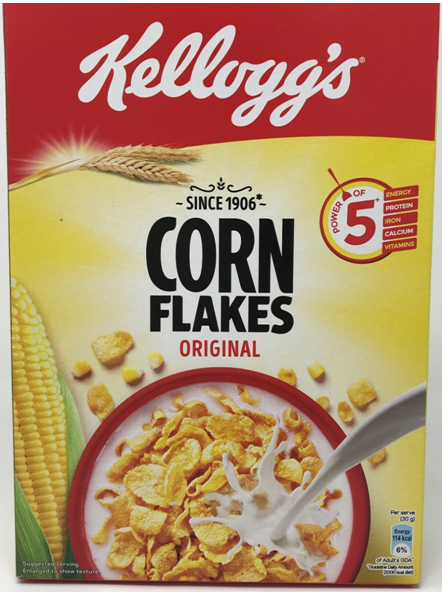
It was later named as Kellogg Company & is a highly successful cereal company even today.
Corn flakes released in the market during that time offered convenience and the easily digestible nature of them made people slowly move towards them.
This transition made people consume more carbohydrate rich food which by the end of 20th century eventually led to the global pandemics such as diabetes and metabolic syndrome.
Manufacturing method of Corn flakes
There are specific temperature, pressure, time, and other technical details that are strictly followed during the process. But, in this post to simplify the process I will explain only the steps followed in making the corn flakes.
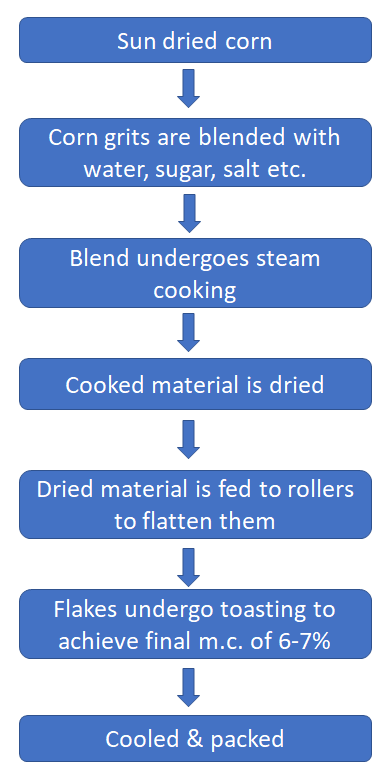
Generally sundried corn is used for making corn flakes. But, the actual process of starts with corn grits.
Corn grits are obtained when the corn undergoes dry milling. Dry milling process of corn produces corn grits, corn meal, germ, corn flour and others. The major portion of the corn grits is carbohydrate.
The corn grits are then blended with other ingredients such as water, sugar, salt, malt etc.
This blend undergoes steam cooking in a batch or continuous cooker. Then the cooked material is dried to the desired flaking moisture.
This dried material is fed to the rollers to achieve the right flake thickness.
Though the flakes are formed at this stage they have high moisture content and are soft. These flakes undergo toasting in high temperature ovens. Here the moisture content is brought to around 2-3%.
After this step, the flakes are cooled and packed.
Nutritional value of corn flakes
Now let us look at the nutritional value of two brands of corn flakes.
The first one is Kellogg’s corn flakes original from the US and the second one is corn flakes from Tesco of UK. (1, 2)
| Kellogg’s C.f. Original USA (100 g) | Tesco C.f. UK (100 g) | |
| Total Carbohydrates | 85.71 | 85.2 |
| Dietary Fibre | 2.38 | 2.5 |
| Sugars | 9.52 | 6.1 |
| Protein | 7.14 | 7.7 |
| Total Fat | 0 | 1.2 |
| Energy | 357 kcal (1493 kJ) | 387 kcal (1619 kJ) |
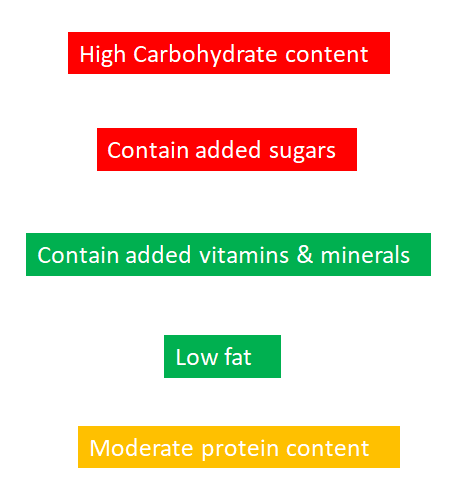
Both brands have at least 30% Recommended Dietary Intake of several vitamins & minerals per serving. Let us look at the macronutrients’ composition here.
Both the brands of flakes have more than 85% carbohydrate content and have a little dietary fibre. As we can see both have added sugar.
The protein content of both of them is around 7.5%. Most of the cereals generally have similar content of protein with rice having the least amount. We can say that the protein content of corn flakes is of moderate level.
If we see the fat content of Kellogg’s it is zero whereas Tesco has 1.2 g of it.
This analysis is to understand what the nutritional quality of plain corn flakes is. But the silver lining here is that they are mostly consumed with milk. When we add milk to the flakes the protein content increases and the overall carbohydrate percentage decreases.
Depending on what type of milk you use (skim milk or full cream milk) the fat content may increase or decrease. Corn flakes brands use this addition of milk to their advantage and try to prove that corn flakes are one of the healthiest options in the market. By adding milk of specific type and specific amount they try to make the mixture appear really balanced.
For example, in the case of the Kellogg’s corn flakes of the US, the suggested usage of milk type is skimmed milk (with zero fat). Whereas, in the Indian version of Kellogg’s it is the milk with 4.5% of fat. Many other brands also do the similar thing.
But, at the same time the addition of milk enhances the overall nutrition of the flakes. The dietary fibre is quite less in them and milk does not have any of it. So, I suggest you to add some nuts and fruits to your overall diet.
Sensory properties of corn flakes
Texture plays the most important role among all the sensory properties. Corn flakes generally have around 6-7% moisture content. At this moisture content they are very crisp. When cold milk is added to them for consumption, they stay crisp for about 3-5 minutes.
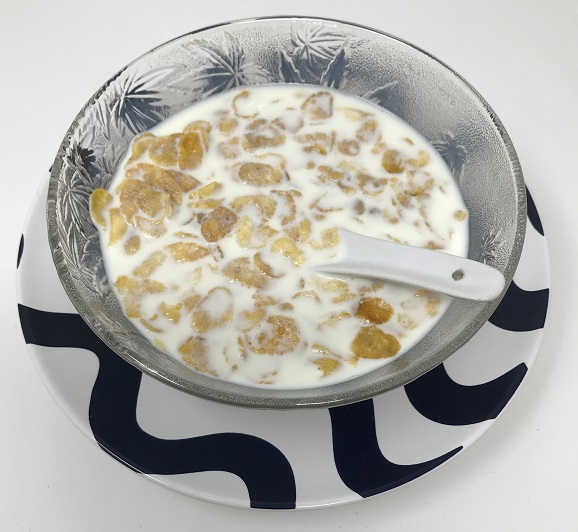
But once the package is opened, they quickly pick up the moisture from the atmosphere. So, they must be immediately shifted to an air tight container.
Flavour plays the second most important role. Since most brands of corn flakes contain added vitamins & minerals they need to be protected from oxidation by proper packaging & further usage after opening.
Corn flakes with less added sugar taste bland when milk is added to them. The reason for the bland taste is milk. Milk contains Lactose as a sugar and it is just 0.16 times sweeter to table sugar (i.e. Sucrose). But after the addition of little sugar they taste quite good.
Pricing

Corn flakes generally cost lesser when compared to other breakfast cereals such as muesli, granola & other wheat-based cereals in most of the markets in the world.
Among the breakfast cereals plain instant oats cost lesser than corn flakes in some markets.
We can say that corn flakes are generally budget friendly breakfast cereals in most parts of the world. Flavoured flakes and corn flakes with added nuts generally cost significantly higher.
Convenience

A food product performs well in the convenience section when
- The preparation time required is as less as possible and
- Preparation needs very little mental & physical effort
Corn flakes perform exceptionally well as per the above criteria as we just need to add cold milk to consume them.
When we are hungry and don’t have patience to cook, they can help us as a quick breakfast/meal with moderately good nutrition.
Since we don’t need to cook them the dish washing effort (physical effort) is also reduced.
For some foods we need to follow the prescribed method of preparation which needs mental effort. This is not the case with corn flakes as we can just add cold milk and consume them.
Conclusion
Corn flakes have moderately good nutrition & perform very well in the category of convenience.
Consuming them without milk makes them not a very healthy option.
When they are consumed with milk and little added sugar, they can be a good breakfast for physically active people.
At the same time people suffering from diseases such as diabetes & metabolic syndrome must try to restrict the use of corn flakes as they are generally very high in their carbohydrate content.
At Research your food I create content related to food science & Nutrition. As you can see in this picture, I create content related to these six sub fields of food science.
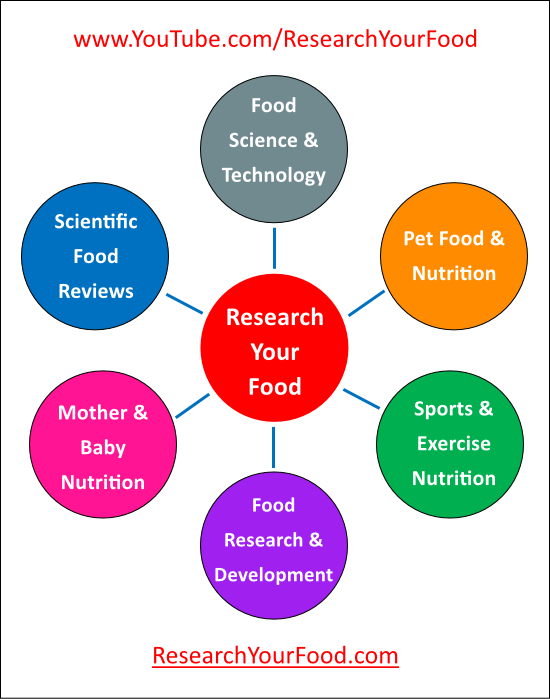
If you have any questions, concerns and suggestions please let me know.
To get the latest updates about our videos consider subscribing to our YouTube channel and follow ResearchYourFood.com website.

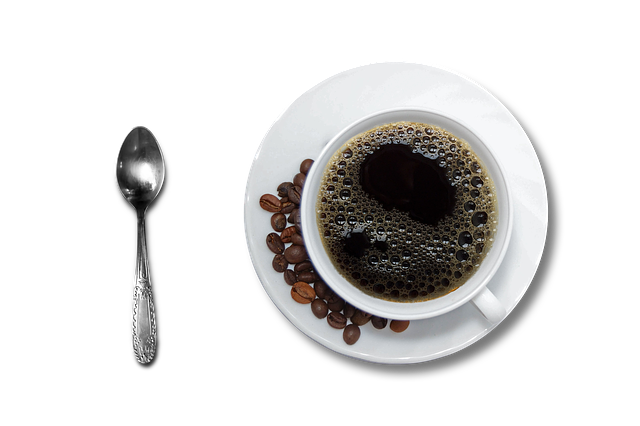
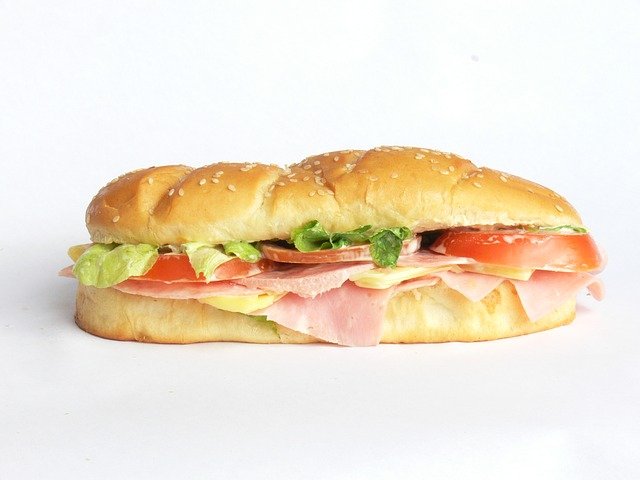
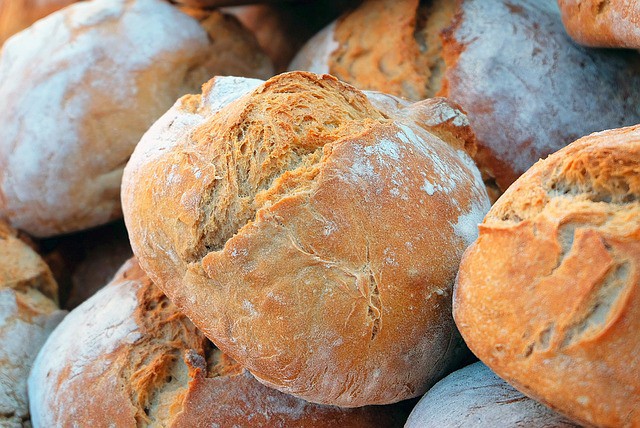

Leave a Reply